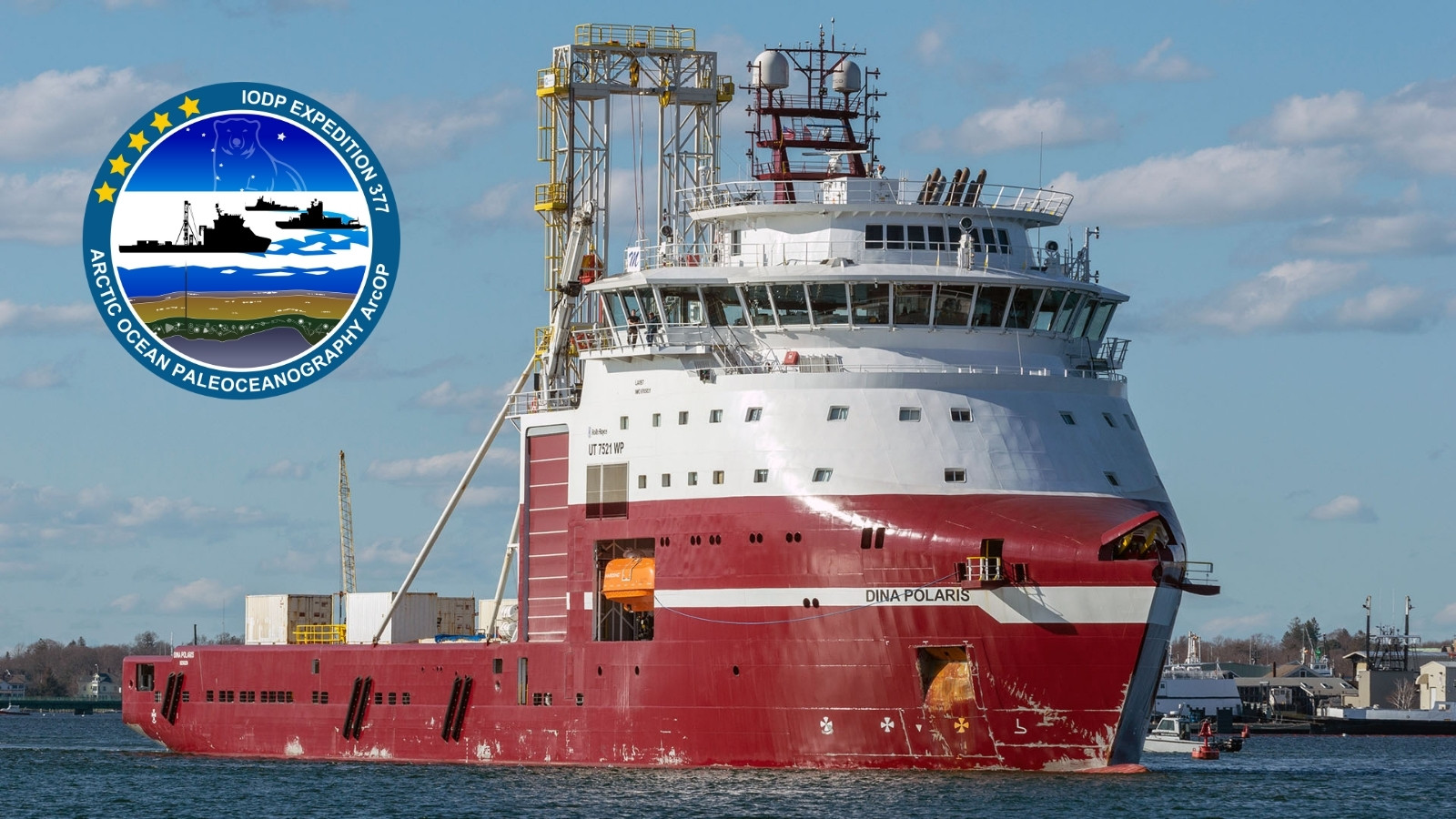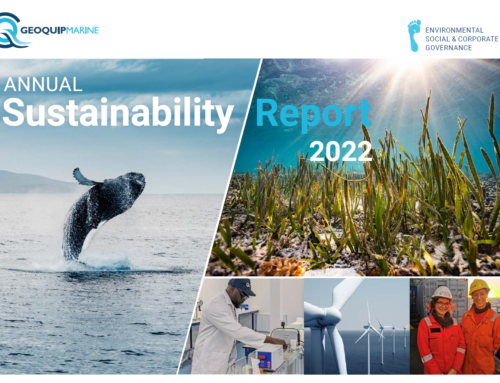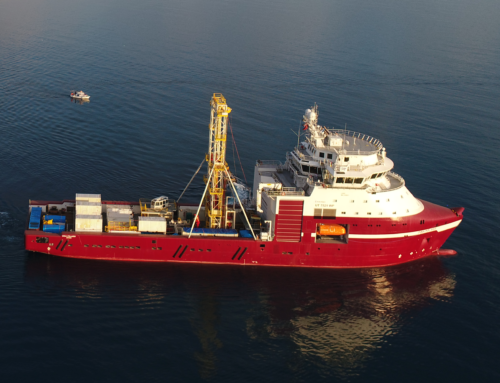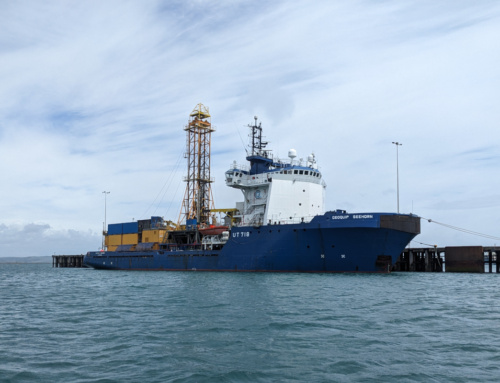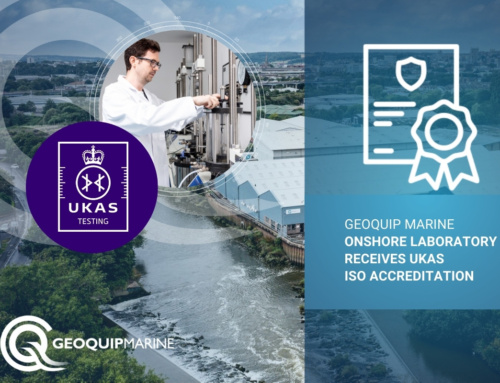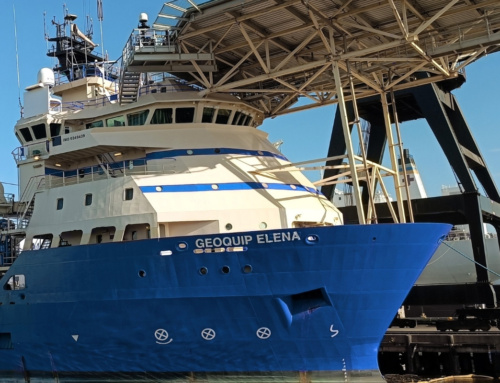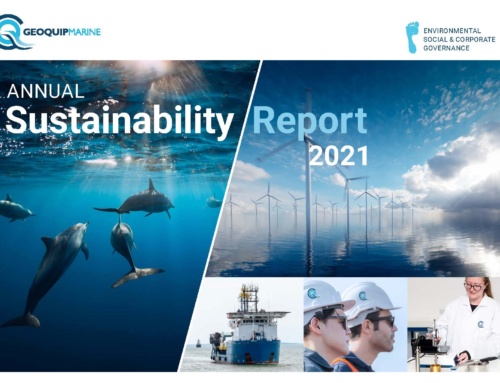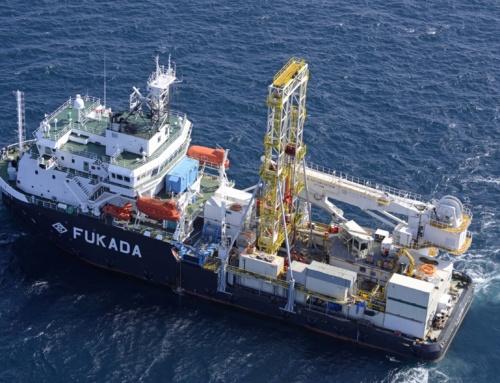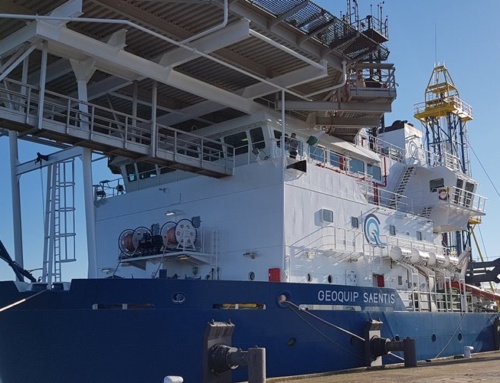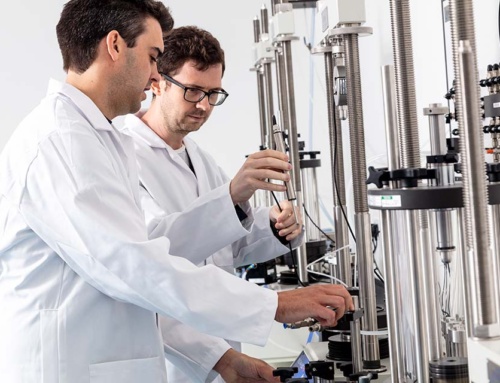Global offshore geotechnical data acquisition, analysis and reporting specialist Geoquip Marine is very proud to confirm that its Integrated Geotechnical Survey Vessel (IGSV) Dina Polaris has been selected to undertake a vital scientific research expedition to recover core samples in the Arctic.
The expedition, known as ArcOP, is part of the International Ocean Discovery Program (IODP), a joint venture between the European Consortium for Ocean Research Drilling (ECORD), the Swedish Polar Research Secretariat (SPRS) and Arctic Marine Solutions (AMS) and its purpose is to gain more understanding of the effects of global climate change in this key location. It is IODP Expedition 377.
The ArcOP expedition will represent another step-change in reconstructing the detailed history of climate change in the central Arctic Ocean over the last 50 million years. ArcOP will explore a critical time interval spanning the period when prominent changes in global climate took place, during the transition from the early Cenozoic Greenhouse world to the late Cenozoic Icehouse world.
An international team of scientists, led by the Co-chief Scientists Prof. Ruediger Stein (MARUM – Center for Marine Environmental Sciences at the University of Bremen, Germany) and Prof. Kristen St. John (Dept. of Geology and Environmental Science, James Madison University, USA), will collect about 900 m of sediment cores at two sites along the Lomonosov Ridge. The expedition will last for about seven weeks offshore and will be followed by intensive investigation and sampling of the cores onshore to unlock their climate secrets.
The expedition will present a significant operational challenge for the Dina Polaris – not least because it demands a bore depth of 900m in about 800-900m of water, which is the deepest of any project previously undertaken by Geoquip Marine, in addition to the extreme harsh operating environment that it will encounter.
In order to be able to successfully undertake the project the Dina Polaris has to be extensively re-engineered. This includes full winterisation, even though the expedition will be taking place in mid-summer, the fitment of a new power swivel, a subsea control package for the seabed frame and a new spread of specialist coring tools.
The expedition will start on 31 July when the Dina Polaris arrives in Tromsø, Norway to take on the equipment and crew. The expedition will depart on 6 August and it is expected that it will take 7-10 days for it to reach the investigation site, depending on the severity of the weather and the depth of the ice that it has to navigate through.
Work is scheduled to last for a month, with completion due by 16 September and demobilisation on 24 September.
Dina Polaris will be accompanied by two ice breaker vessels on the expedition, which are necessary to gain access to the investigation site.
“We are incredibly excited and very honoured to have been chosen to undertake this vital scientific research into the effects of climate change on the Arctic,” says Geoquip Marine’s Head of Technical & Business Development Hans Hanse.
“This is a significant departure from our usual work, which involves geotechnical investigations of the seabed for mostly offshore windfarm developments and civil engineering projects, and it does require extensive alteration of the vessel and the rig to make them suitable for the task. However, as world-leading experts in deep sea geotechnical investigations there are very few other companies in the world that have the equipment or the expertise to get core samples in this depth, especially in what are quite possibly the most challenging conditions you can encounter.
“This is probably the most ambitious project Geoquip Marine has ever been involved with, but we know that our world-leading geotechnical engineering capabilities and the standard of our crew make us ideally equipped to undertake it with absolute success,” Hans concludes.
For further information go to https://www.geoquip-marine.com/.


